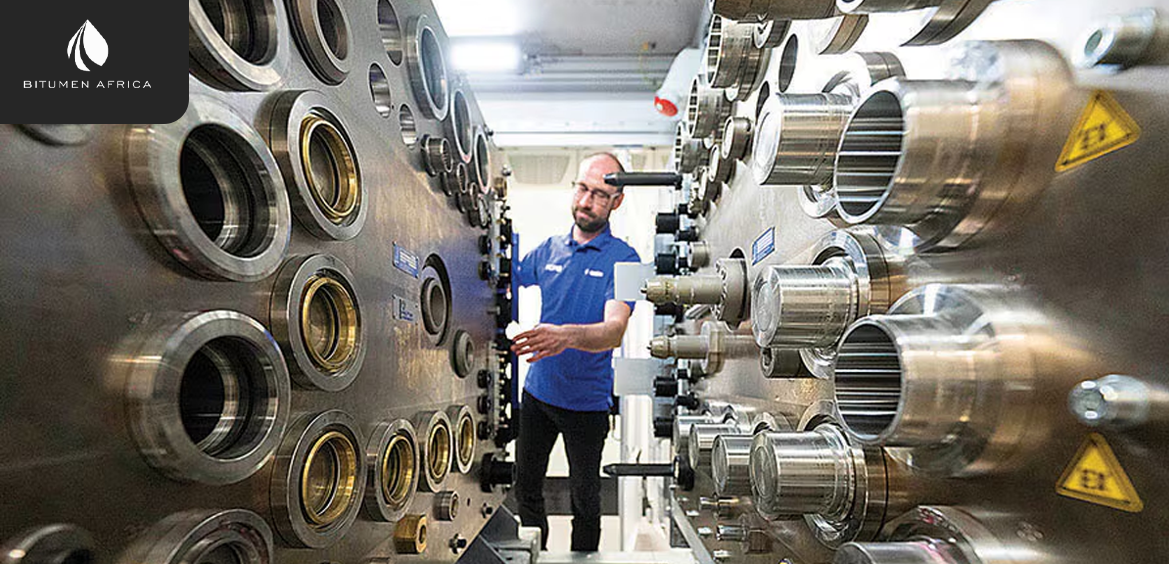India is taking major strides toward a greener energy future even as it remains a key player in global oil consumption. The country is actively advancing renewable energy initiatives, particularly through Indian Oil Corporation’s (IOC) plan to integrate green hydrogen into its refining processes. IOC’s upcoming green hydrogen plant at the Panipat Refinery, scheduled for completion in late 2027, will be India’s largest facility of its kind. Partnering with Larsen & Toubro (L&T), the plant aims to produce 10,000 tons of hydrogen annually via electrolysis, replacing fossil fuel-based hydrogen and significantly reducing carbon emissions at the refinery.
This green hydrogen project aligns with India’s National Green Hydrogen Mission, which aims to establish the country as a global hub for green hydrogen production, utilization, and export. By incorporating green hydrogen in sectors like transportation, shipping, and steelmaking, India hopes to drastically cut its carbon footprint, lessen its dependency on imported fossil fuels, and lead technological advancements in clean hydrogen. Recent government-backed pilot programs, including hydrogen use in heavy transport vehicles, reflect the mission’s push for scalable, real-world applications of the technology.
India’s government has set ambitious targets under this mission: producing 5 million metric tons of green hydrogen annually by 2030, developing up to 100 GW of electrolyzer capacity, and adding 125 GW of renewable energy for hydrogen production. These goals are expected to attract significant investments and further integrate renewable sources into the nation’s energy mix. However, clean energy think tanks like Rocky Mountain Institute and Ember caution that current investment levels fall short of what’s needed to meet these goals, urging more aggressive funding and policy support.
Despite this green momentum, India remains a dominant force in the oil market, recently surpassing China as the leading driver of global oil demand growth. While its absolute consumption levels may never match China’s earlier surge, India’s ongoing economic development ensures continued reliance on fossil fuels. The country’s simultaneous push for renewable and conventional energy reflects a transitional phase in its energy evolution, where sustainable ambitions must coexist with the realities of rapid industrialization and growing energy needs.

